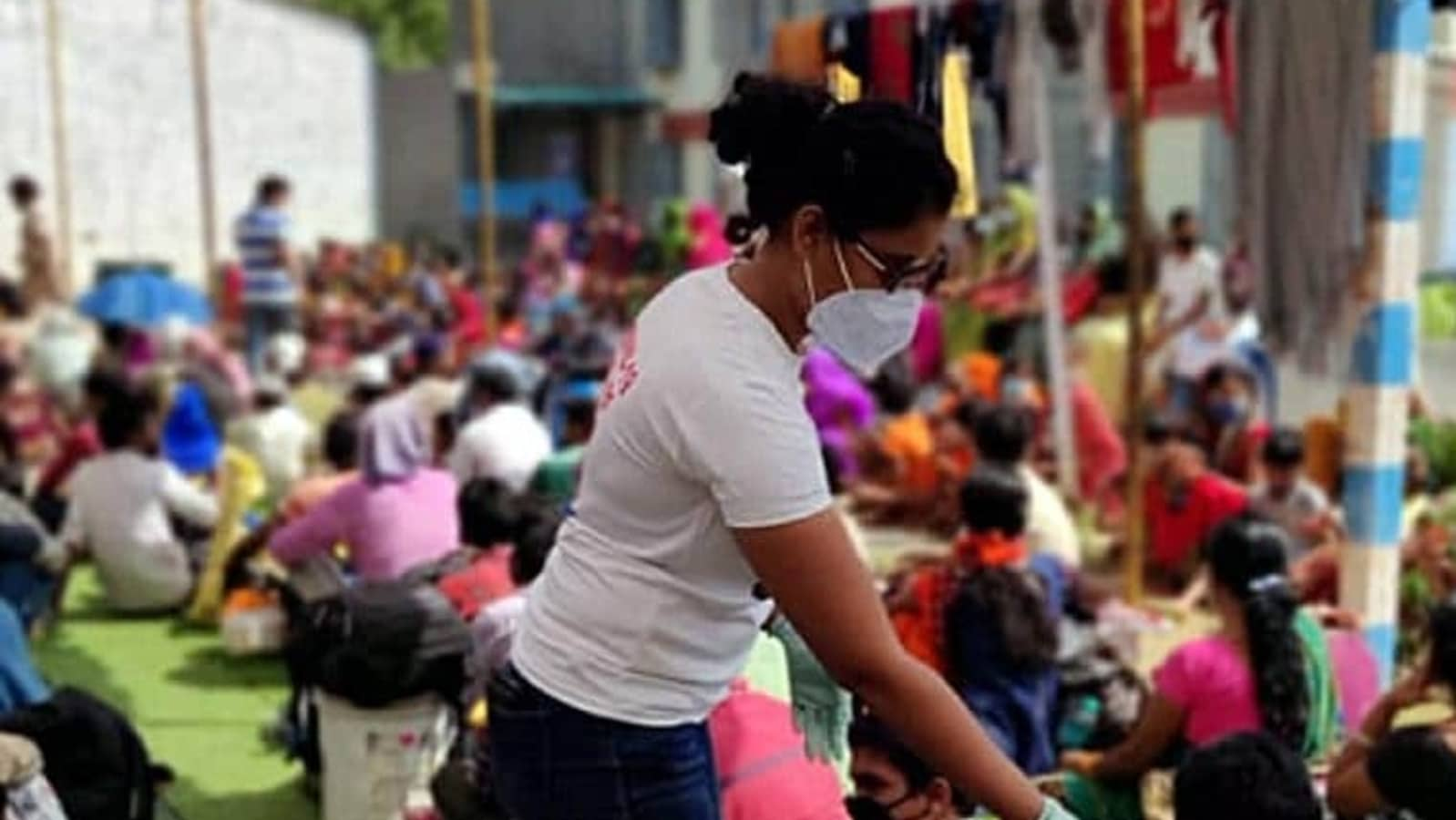Agrifood systems face many problems, such as the ongoing pandemic, climate risks, rising prices, and international conflicts. This exacerbates global food security. The report The State of Food Security and Nutrition in the World (2022) of the Food and Agriculture Organization of the United Nations (FAO), estimates that 828 million people faced hunger in 2021. The number has grown to 150 million since the COVID-19 outbreak. The most vulnerable populations include landless workers, small farmers, women, and children. As important as it is to protect food security and nutrition, agri-food systems need to be changed so that no one is left behind. By making sure that agri-food systems are in line with the 2030 Agenda, we can reach a number of Sustainable Development Goals (SDGs), including SDG 2 (no hunger). World Food Day, celebrated annually on October 16, is an important reminder to recommit to plans and actions that drive better production, better nutrition, a better environment, and a better life, without leaving no one behind
India faces food and nutrition security challenges, in particular the triple burden of malnutrition (undernutrition, overnutrition, and micronutrient deficiency). According to the latest National Family Health Survey (NFHS-5, 2019-21) conducted by the Government of India (GoI), 36% of children under the age of 5 are stunted, and 24% of women and 23% of men are obese. Relevant challenges such as extreme weather conditions, land degradation, and water scarcity are limiting food production. Food waste accounts for 40% of food produced in India each year, while food loss accounts for 18-25%. Threats to biosecurity from transboundary pests and diseases make the situation worse. Considering these wide-ranging problems, India, as the largest developing economy yet to overcome these challenges, can be an example to the world.
The Government of India continues to take active steps to address these issues. At the UN General Assembly in March 2021, 2023 was named the International Year of Millet (IYoM). This was made possible by the Government of Indonesia, the FAO, and many member countries. Millet often called “Nutri-cereals”, has been a part of Indian agriculture and culture since ancient times. Millet offers numerous benefits compared to wheat and rice. They are weather-resistant, have a short growing season, require less water, and are rich in nutrients. IYoM will be crucial in raising awareness of this indigenous Nutri-cereal and its benefits for smallholder farmers, ie 86% of farmers in India. It is important for farmers to use their traditional methods on a larger scale, and millet may be a step in this direction. The FAO study on millet in India emphasizes the promotion of initiatives to improve the productivity of nutricereals, the generation of demand through value addition, the development of markets and infrastructures, and political reforms.
Notable Government of India initiatives to improve access to nutritious food include Take Home Ration, Pradhan Mantri Poshan Shakti Nirman Yojana, Mission Poshan 2.0, and Pradhan Mantri Garib Kalyan Anna Yojana. To include more small producers in the agricultural value chain, the GoI advances the vision of 10,000 farmer-producer organizations (FPOs). Currently, around 3,000 FPOs have been trained. Primary Agricultural Credit Societies (PACS) have been a strong point in post-independence India. There are more than 47,000 profitable PACS. GoI actively promotes agricultural cooperatives, where every stakeholder is a dynamic member.
FAO reinforces the efforts of the Government of India and various state governments to support small farmers, encourage sustainable practices, and improve nutritional outcomes. FAO collaborated with the National Institute of Rural Development and Panchayati Raj, the Indian Council of Medical Research, the National Institute of Nutrition, and the National Institute of Agricultural Extension Management to enhance the capacities of nutrition professionals and services extension advisory services on nutrition-sensitive agri-food systems. FAO works in eight target states, namely Madhya Pradesh, Mizoram, Odisha, Rajasthan, Uttarakhand, Chhattisgarh, Haryana, and Punjab, to promote crop diversification and landscape restoration. In Andhra Pradesh, FAO is partnering with the state government and the Indian Council of Agricultural Research to develop a methodological framework for sustainable agri-food systems and enhance the capacities of farmer facilitation centers and key stakeholders to support farmers. Also, FAO is making a harmonized monitoring and early warning system for India’s pest, the Fall Armyworm (FAW). This continues to help a lot with getting rid of the fall armyworm in places where maize is grown.
Given the current challenges, all food actors must play their part to improve the situation. Governance mechanisms must ensure equal access to social protection. Civil society organizations can provide access to skills-based training to producers. Businesses can support small farmers by improving their access to finance and technology. Agri-food systems can evolve as consumers become more responsible in their food choices. Some actions we can perform:
Support small farmers by buying local farmer’s hats/markets and watch for small farmer support labels on food.
Mitigate climate change by choosing local and seasonal foods, and limiting the consumption of resource-intensive foods. Grow some of your own foods, like tomatoes and peppers, in home gardens.
Donate food instead of wasting it. Food banks and other organizations that help people in need can get safe food from grocery stores and restaurants that would otherwise go bad.
The article was written by Konda Reddy Chavva, Officer-in-Charge of (FAO) India.







